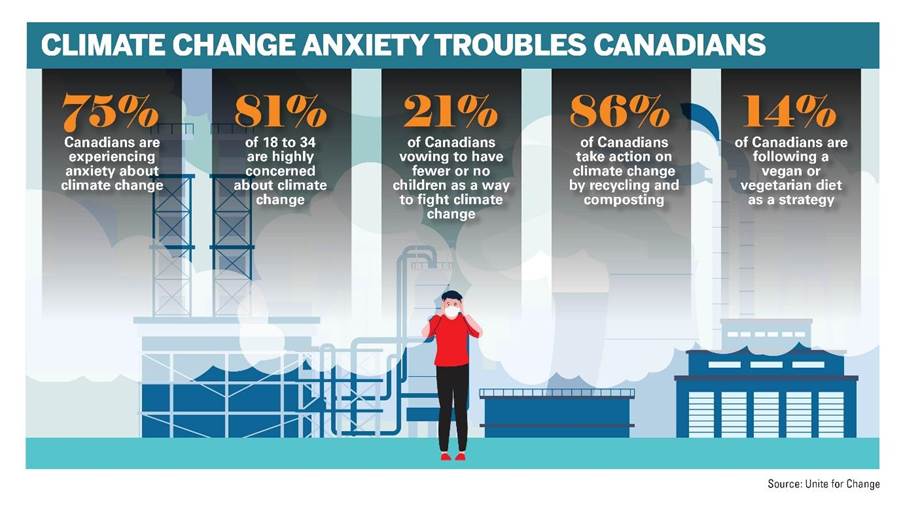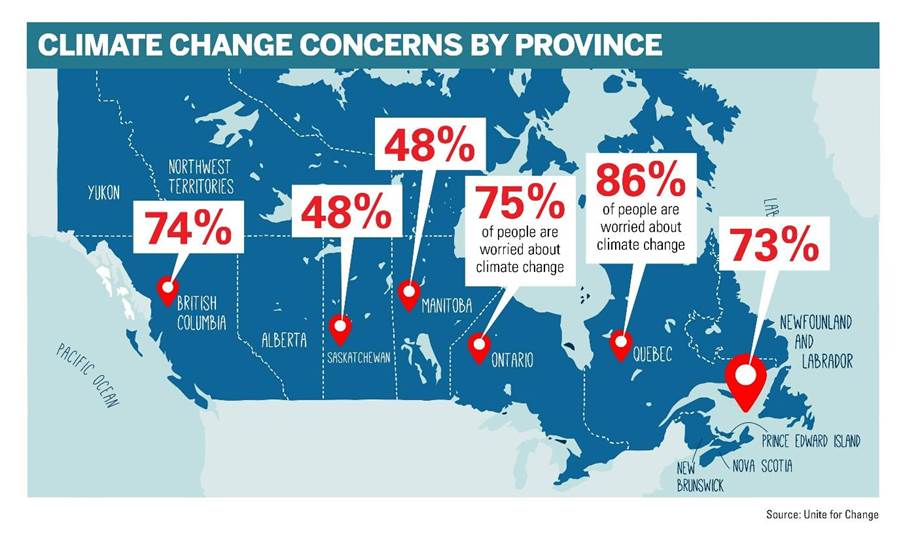

Canada’s battling a climate change crisis – with insured losses reaching a record $8.5 billion in 2024, exceeding the previous record of $6 billion in 2016. And, as extreme weather events become more frequent and construction costs skyrocket, insurers and contractors alike are being forced to reassess their coverage strategies.

Speaking to Insurance Business, Brian Cane, construction department leader at Victor Insurance Managers in Canada, said that for his team the challenges go way beyond simple fix strategies.
“From a construction insurance perspective, water damage has been a big problem on construction projects,” he said. “People think that it's only burst water pipes or sprinkler pipes that are the problem, but it’s much more than that. At Victor, we’ve seen an increase in losses due to torrential rainstorms and widespread flooding.”
In response, insurers have been increasing deductibles for flood and water damage. Some reports suggest that one insurer has already rolled out mandatory minimum water damage deductibles for all property risks.
“Because of these higher deductibles, loss prevention is now absolutely critical for contractors and project managers,” Cane said. “[Looking at] material shortages I feel, especially since COVID, that’s been [top of mind] for a lot of contractors and project managers. [As such] projects are definitely taking longer to complete – not only due to material shortages but labour shortages, too.”
For instance, it is not uncommon for a 12-month contract valued at $20 million to be extended to 24 months or more, according to Cane. That in turn means that the original $20 million limit on the COC policy may now be insufficient.

“It's critical for contractors to ensure that their Course of Construction (COC) policy limits are adequate when you take into account inflation during life of the project,” Cane said. According to a Victor Insurance report, most builder’s risk policies provide automatic limit increases of only 5-10%, which may not be sufficient in the face of surging costs.
“In a high-inflation environment, insurers are sometimes applying surcharges during term extensions to account for underinsurance scenarios,” Cane said. Furthermore, on renovation projects He also cautions against the mistake of insuring an existing building for its purchase cost rather than its replacement cost.
“A builder’s risk policy indemnifies the insured on a replacement cost basis,” Cane said. “Sometimes project owners will insure only for the purchase price, which can be a huge problem if the replacement cost is much higher.”
And it’s not just water that’s causing chaos – fire has been wreaking havoc on Canadian soil too. Alberta's Slave Lake fire in 2011, the Fort Mac Fire in 2016 and more recently the 2023 wildfire season in Canada – notably costing $175 million – have all played a part in reshaping the insurance landscape in 2025.
“Underwriters are relying more on wildfire mapping tools from provinces like Ontario, Quebec, Alberta, and BC to assess risk at the time of underwriting,” Cane said. “Those tools will help analyze the fire risk at the time of underwriting the project. And there's wildfire risk management programs evolving in Canada. There's companies in Canada providing these types of services too – so it's going to be really interesting to see this field evolve, especially when we better understand what just happened this year with the California wildfires.”
The rise of mass timber construction and modular building methods introduces new complexities for builder’s risk insurance.
“Canada’s natural resources make mass timber an attractive option,” Cane said. “But it does bring different exposures.”
In response, Victor Insurance has developed a mass timber questionnaire to better underwrite these projects. Advancements in construction technology could also reshape underwriting strategies.
“Water damage remains the biggest driver of loss ratios in builder’s risk insurance,” Cane said. “In the next decade, we expect to see more IoT devices in construction, including automatic leak detection and valve shut-offs. These are especially important for multi-unit residential projects, where the number of plumbing connections significantly increases risk.”
In essence, the challenges facing builder’s risk insurance are not going away, but industry leaders are adapting. Cane believes it’s more important than ever for brokers and contractors to work with insurance partners who have deep technical underwriting and claims expertise. And Victor Insurance’s own track record underscores the value of experience in handling construction claims.
“Since 1981, Victor Canada has managed over 44,000 claims and settled losses totaling more than $1.5 billion,” Cane told IB. “Having that level of claims expertise behind you is invaluable when navigating today’s complex risk environment.”
